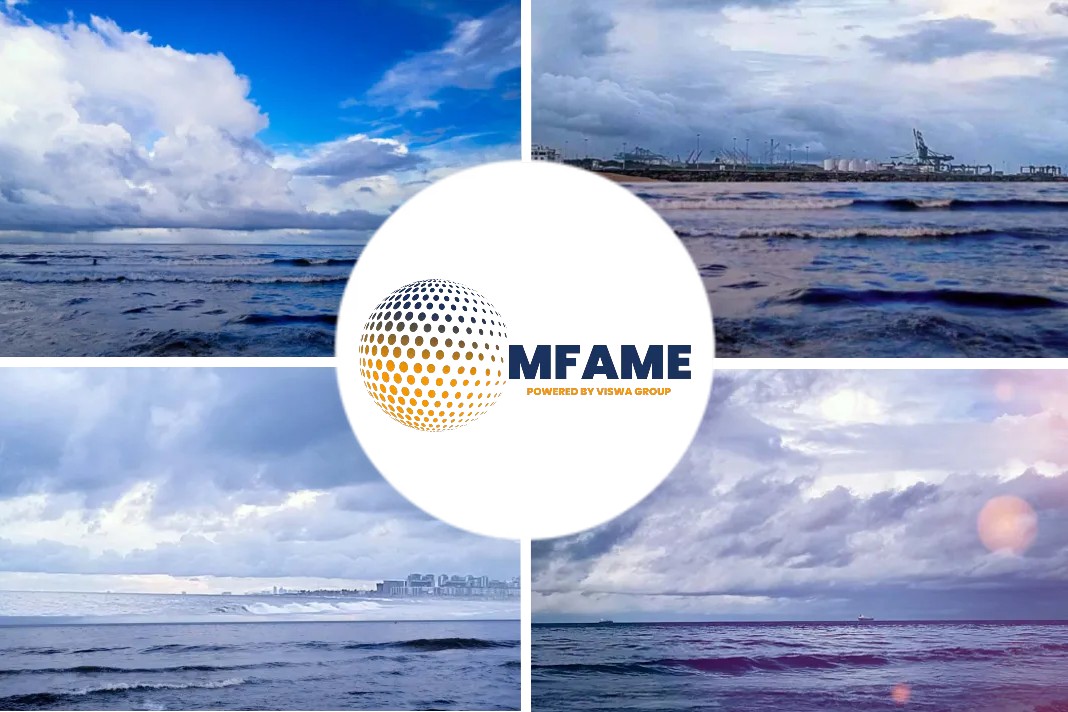
A recent news article published in the Devonline speaks about the night Devon lifeboat volunteers risked everything to save cargo ship crew.
Stormy day across South Devon
January 13 in 2008 had been a stormy day across South Devon. Severe southerly gales shrieked across Berry Head all day and heavy rain lashed the cliffs of the rugged coastline. By the time night fell the winds had “eased” slightly to Storm Force Nine or 10, but even the waters of sheltered Tor Bay were a maelstrom of foaming waves. Out in the Channel the swell was immense.
Then around 7pm the Torbay RNLI boathouse received a call from Brixham Coastguard. Colleagues down the coast at Salcombe’s lifeboat house were also scrambled into action. A cargo ship with more than 5,000 tons of timber on board was in severe difficulties more than 30 miles out in the Channel.
It was time to muster the men who would leave the warmth, comfort and safety of their homes to brave the ferocious weather, their lifeboats speeding flat-out through seas so rough that the crew had to stay below deck.
Fifteen years on, this is the story of what would be one of the most dramatic nights in the history of South Devon’s lifeboats and their dedicated volunteer crews.
Out in the busy shipping lanes of the English Channel, 31 miles out from the South Devon coast, the 132-metre Ice Prince – bound for Egypt from Sweden – had fallen foul of the awful weather. Her 5,200-ton cargo had shifted and she was listing badly.
RNLI Torbay volunteer crew were paged
The RNLI Torbay volunteer crew were paged, and all available hands – around 20 – arrived promptly at the boathouse. The severe gales had been screaming all day, and while they had eased slightly, they were still extreme. Coxswain Mark Criddle said later he would gladly have taken any of the volunteer crew on the shout, but the six who went with him were John Ashford, Nigel Coulton, Darryll Farley, Roger Good, Alex Rowe and Mechanic Matt Tyler.
The Greek-registered Ice Prince had reported that her cargo had shifted and she was listing 25 degrees to port. The RNLI Torbay Severn Class all-weather lifeboat crew aboard the Alec & Christina Dykes had been asked to attend and stand by on scene, assisted by Salcombe’s Tyne Class lifeboat and a Coastguard rescue helicopter. However, as the RNLI crews made their way through the storm towards the Ice Prince, the situation became increasingly serious.
Mark Criddle recalled: “There are very few occasions like that. Initially we did not have to run the lifeboat too hard as the Ice Prince had reported listing and the rescue services were tasked to stand by.
“However, as we made headway the incident got progressively worse, first with reports of an injured crewman, then loss of power followed by loss of lighting on board the freighter as her generators flooded. We increased our speed until we were flat out.
“We were all confined below deck due to the conditions, and our speed and the sea state made a pretty uncomfortable passage. Our all-weather Severn Class lifeboat is supremely capable in very rough seas, but myself and the crew were very aware of the risk of injury in those extreme conditions.”
Combination of speed and rough seas
The combination of speed and rough seas meant the lifeboat was leaping clear of the water.
It took around two hours for the Torbay lifeboat to cover the 31 miles. Arriving on scene, they were joined by the Salcombe lifeboat and the helicopter. The Ice Prince was by now beam-on to the winds and listing severely, up to 45 degrees. Her port side rails were under water with seawater pouring in through ventilation hatches and openings on that side, risking sudden capsize and threatening the lives of all 20 on board, including the Greek captain and his crew.
Brixham Coastguard coordinated the rescue, and the Royal Navy frigate HMS Cumberland, which had been at anchor in Tor Bay, made her way to the scene to provide shelter from the weather for the rescuers.
By 9pm the helicopter had begun winching off non-essential crew from the Ice Prince. The Torbay lifeboat was unable to communicate with the helicopter or the stricken vessel, but Coxswain Criddle positioned the lifeboat so he could shine a searchlight on the scene. The helicopter pilot held the aircraft steady in dreadful condiutions, but three winch cables snapped. Twice crew members on the lifeboats were sure the helicopter would hit the ship.
The Salcombe lifeboat also helped to illuminate the vessel as winching continued. By the time the helicopter left the scene at 10pm with 12 rescued crewmen on board, both Coxswains could see that there were still crewmen needing rescue.
Torbay lifeboat carried out several trial runs
At 10.10pm Coxswain Criddle contacted the Master of the Ice Prince, who said he and the remaining crew were preparing to abandon ship. The Torbay lifeboat carried out several trial runs alongside the Ice Prince despite a “serious danger” of collision. The Salcombe boat stood by in case any of the eight remaining crew, who would have to be coaxed to cross the steeply sloping deck to leap onto the lifeboat, slipped into the sea.
Communicating by hand signals because of the deafening noise of the sea and wind, the crew of the Torbay lifeboat set about the first of more than 50 approaches to rescue the eight crewmen. Several attempts were needed to rescue each crewman, and each time the lifeboat ran the risk of hitting the submerged superstructure of the Ice Prince.
With the first three rescued, the fourth was in position when the Torbay lifeboat rolled unpredictably and the two vessels collided. The man ended up under water, at which point the Salcombe lifeboat got into position to rescue him.
Did you subscribe to our daily Newsletter?
It’s Free! Click here to Subscribe
Source: Devonline





















